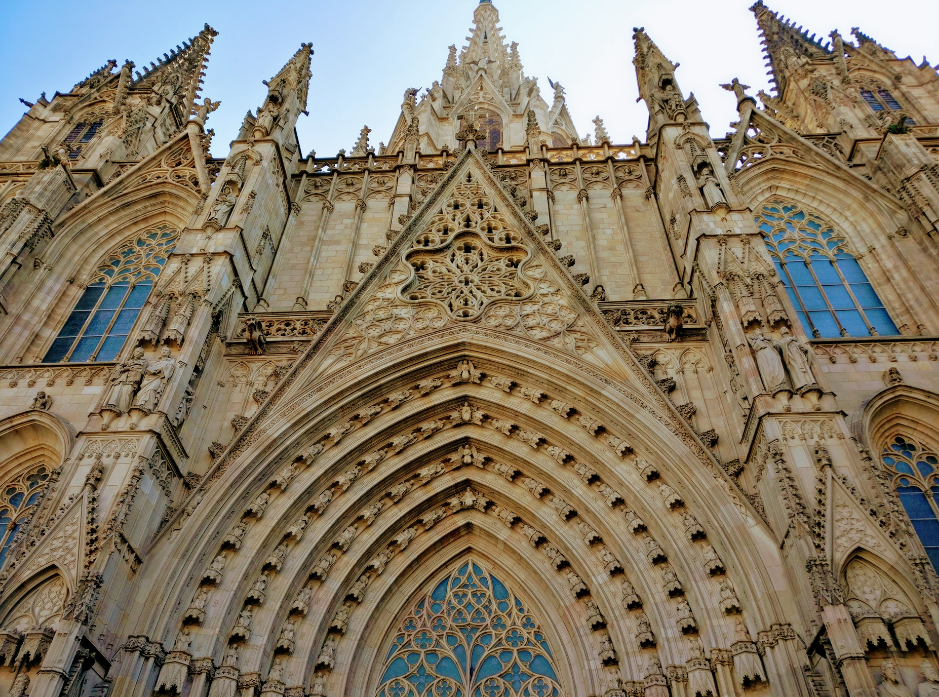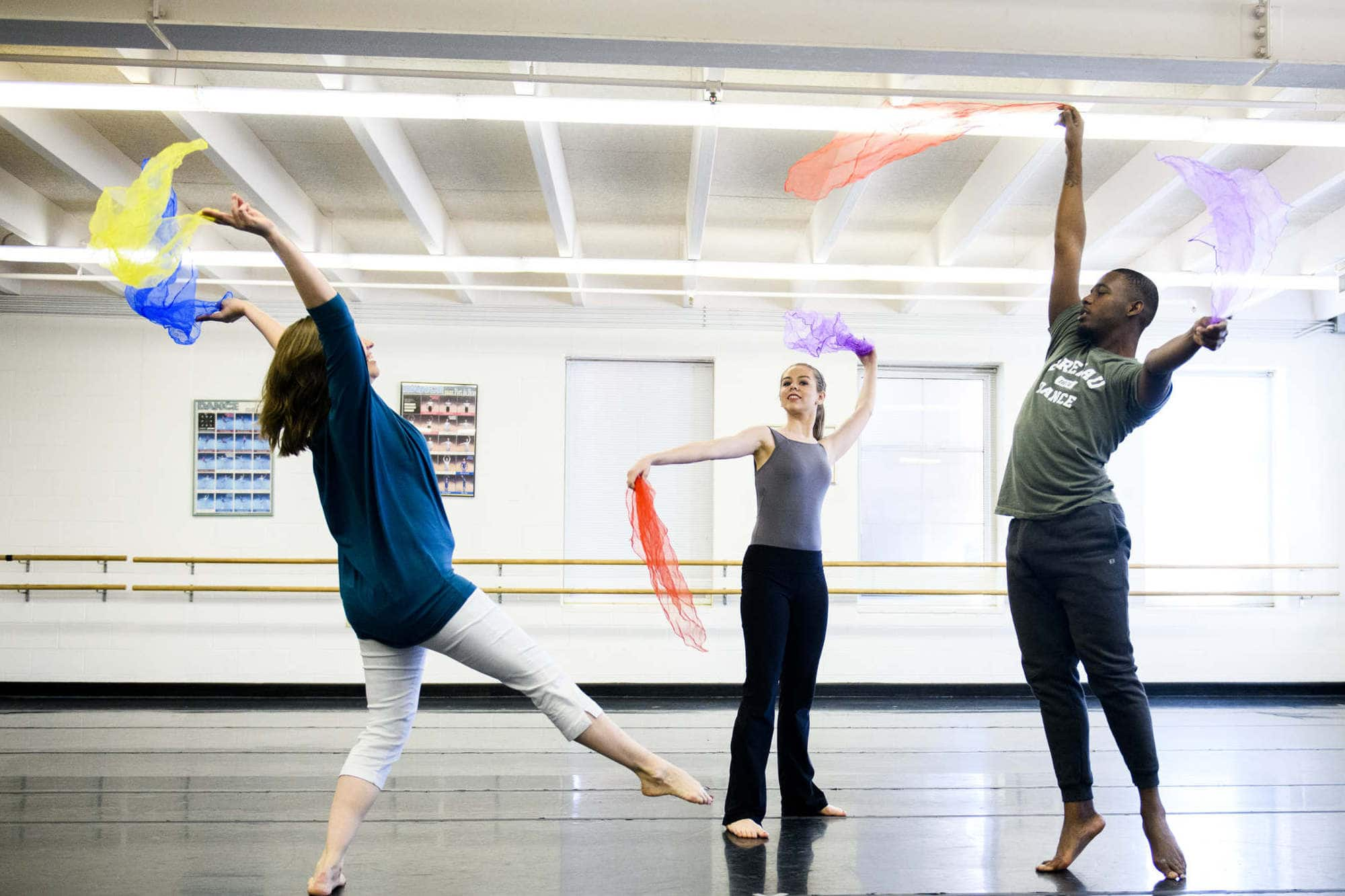Medieval architecture represents a fascinating chapter in the history of building design, encapsulating a wide range of styles and technologies that flourished between the 5th and 15th centuries. One of the most notable examples, Cluny III, was once the largest abbey in Europe, showcasing the grandeur and sophistication of its time. The architectural history surrounding such structures has been transformed by scholars like Kenneth Conant, who sought to reconstruct this majestic medieval abbey after its destruction during the French Revolution. Through the use of advanced techniques, including photogrammetry, we can now explore these once-great edifices more vividly. This exhibition celebrates the ongoing efforts to revive our connection with medieval architecture, allowing us to understand both its physical presence and its cultural significance.
The exploration of Gothic and Romanesque structures from the Middle Ages unveils a wealth of knowledge about ancient engineering and artistic expression. During this era, notable edifices like the Cluny monastery exemplified the scale and ambition of monastic life, housing communities of monks dedicated to devotion and scholarship. Architectural historians have dedicated themselves to piecing together the fragments of these monumental buildings to recreate their historical authenticity. Innovative technologies now empower researchers to witness lost grandeur through digital reconstructions and immersive experiences. Thus, the study of medieval architecture serves as a bridge, connecting us with the legacies of the past while informing modern architectural practices.
Unraveling the Architecture of Cluny III
Cluny III stands as a testament to the grandeur of medieval architecture, illustrating the innovative design and scale of monastic structures during the Middle Ages. This impressive abbey was constructed in the heart of Burgundy, France, in 1088 and remained a focal point of religious and architectural heritage for over seven centuries. The sheer size of Cluny III, which stretched over 500 feet in length and soared to 100 feet in height, exemplifies the architectural ambition of that era. Architectural historian Kenneth Conant recognized the significance of this site and dedicated his efforts to reconstructing its image from the scant remains that survived the ravages of time and the destruction wrought by the French Revolution.
The methodologies employed by Conant were groundbreaking for his time, as he relied on detailed sketches and comparisons to similar structures, attempting to piece together the architectural puzzle of Cluny III. His research opened avenues for understanding how medieval architects approached design and construction. By employing techniques like photogrammetry in modern studies, scholars today can examine architectural fragments and recreate lost masterpieces, providing insights into the artistry of the monks who dedicated their lives to constructing such monumental buildings.
Kenneth Conant: The Architect Detective
Kenneth Conant’s journey into the heart of Cluny III marks an extraordinary chapter in architectural history. With only remnants of the abbey left—specifically the south transept and a handful of damaged capitals—his task was nothing short of Herculean. Despite the challenges, Conant approached the site with a detective’s mindset, carefully analyzing every surviving piece to infer the building’s original design and purpose. This meticulous exploration not only showcased his passion for the subject but also revealed how architectural history is often a blend of artistry and educated speculation, shaped significantly by the context of the surrounding structures from the medieval period.
As an early 20th-century scholar, Conant laid down a methodology for ferreting out the stories behind historical buildings and their architectural features. He passionately documented his findings, understanding that Cluny III was not just another abbey but a pivotal piece of Europe’s cultural heritage. His work has paved the way for future historians and architects, leading to a richer comprehension of architectural forms, styles, and functions throughout the medieval era and their influences on modern architecture.
The Technological Evolution of Architectural Study
The journey from Conant’s hand-drawn sketches to today’s digital models reflects a significant technological evolution in architectural study and representation. The advent of tools like photogrammetry has transformed how scholars and students interact with historical sites and artifacts. By capturing thousands of images of the existing materials, modern technology allows for the creation of accurate 3D models that can be manipulated and studied in ways previously unimaginable. This shift has not only made learning more accessible but has also deepened the understanding of architectural nuances that define structures like Cluny III.
Digital technology democratizes architectural exploration, enabling users from diverse backgrounds to engage with the past interactively. As featured in the exhibit “Envisioning Cluny,” students can zoom in and rotate 3D representations of the historic capitals, examining intricate details and inscriptions that provide context to medieval craftsmanship. This new approach empowers a broader audience to appreciate the complexity and beauty of medieval architecture, opening pathways for historical conservation and educational outreach.
Rediscovering Cluny III’s Capitals
The eight capitals discovered at Cluny III have captivated the imagination of scholars for decades. Each capital features intricate designs, yet their fragmented state raises questions about their intended arrangement and symbolism. Some suggest they depict representations of the four seasons or other thematic elements reflecting ecclesiastical life. This ambiguity fuels ongoing research, as scholars like Christine Smith encourage an exploration of these capitals’ potential narratives, emphasizing their importance as one of the earliest examples of Romanesque sculpture.
Conant’s initial hypothesis about the capitals conveying a unified story about monastic virtues reflects the evolving discourse on interpretation in art history. The ongoing debate about the origins and meaning of these capitals exemplifies how art can be simultaneously a solved puzzle and an enduring mystery. By leveraging modern techniques, today’s scholars can continue this exploration, using advanced visualizations to redefine narratives and broaden our understanding of medieval artistic expressions.
The Impact of the French Revolution on Architectural Legacy
The French Revolution marked a dramatic turning point in the fate of Cluny III, leading to its eventual destruction. Once a vibrant hub of monastic life and architectural innovation, the abbey was reduced to rubble as revolutionary forces sought to eliminate symbols of the old regime. This drastic loss reflects the broader impact of historical events on architectural heritage, raising questions about preservation and the value we assign to cultural landmarks. As much as Conant’s work focused on reconstructing Cluny III, it also highlighted the fragility of our architectural legacies.
In the aftermath of such upheaval, the remains of Cluny III serve as a poignant reminder of how history shapes the environments we inhabit. They inspire dialogues about the importance of conservation efforts and the necessity of understanding our architectural past. The exhibition at Harvard University encourages visitors to reflect on how Cluny III has transformed from a cultural icon into a subject of study, illustrating the resilience of architecture and the ongoing pursuit of historical knowledge.
Exploring the Changing Perception of Medieval Architecture
The study of medieval architecture has witnessed a significant transformation over the years. Initially, scholars like Kenneth Conant were limited by the materials available to them, often relying on sketches and rudimentary models to convey their understanding of structures like Cluny III. This limitation meant that interpretations were often one-dimensional, focusing solely on the physical attributes of the buildings without considering the broader sociocultural context that informed their design. As research progressed, historians began integrating various disciplines—such as art history, archaeology, and digital modeling—to enrich their understanding of medieval constructions.
Today, a more nuanced approach allows for engaging narratives that consider not only structural integrity but also aesthetics, function, and the lives of those who interacted with these spaces. Emerging technologies facilitate deeper explorations of architectural history, enabling scholars to fabricate immersive experiences that mimic the historical context of these sites. This evolving perception highlights the dynamic nature of architectural studies, emphasizing that the past is not just history, but a living narrative we continue to redefine.
Future Directions in Architectural Studies
Looking ahead, the field of architectural studies will likely continue to evolve rapidly, driven by technological advancements and interdisciplinary collaboration. As seen in Kenneth Conant’s work, the interplay of tradition and innovation is crucial. Modern scholars are now tasked with the responsibility of bridging the gap between historical preservation and contemporary reinterpretation. The integration of tools such as augmented reality (AR) and virtual reality (VR) promises to reshape how both scholars and the public engage with sites like Cluny III, allowing for virtual explorations of historical spaces long gone.
Moreover, the study of medieval architecture can also benefit from the adoption of new methodologies, drawing on insights from digital humanities and data visualization. As researchers continue to analyze architectural remnants and reinterpret their meanings, the use of big data analytics combined with traditional historical methods can offer fresh perspectives on how these buildings were constructed, used, and how they influenced subsequent architectural styles. The future of architectural history holds promise for uncovering new narratives that will enrich our appreciation for the legacies of the past.
The Intersection of Art and Science in Campus Exhibits
The intersection of art and science is vividly illustrated in campus exhibits such as “Envisioning Cluny.” Here, architectural history blends with cutting-edge technology, showcasing the importance of interdisciplinary collaboration. This exhibition not only highlights the historical significance of Cluny III but also the innovative approaches being used to reconstruct and understand it. As historians and architects work closely with digital artists and technologists, the comprehensive nature of architectural studies becomes evident, revealing the myriad ways we can investigate the past.
By facilitating collaborations across departments and disciplines, academic institutions like Harvard embrace a holistic approach to learning and research. The exhibit serves as a model for future projects that explore the interrelations between tradition and modernity, sensory experience and technical skill. Through such initiatives, visitors are encouraged to engage deeply with both the narrative of Cluny III and the methods used to visualize its history, showcasing how contemporary technology can breathe new life into architectural studies.
Frequently Asked Questions
What was Cluny III and why is it significant in medieval architecture?
Cluny III was a monumental Benedictine abbey built in 1088 in Burgundy, France, and is recognized as one of the largest and most significant structures in medieval architecture. Its design and scale influenced numerous churches in medieval Europe, representing architectural advancements of the time.
Who is Kenneth Conant and what role did he play in studying Cluny III’s architectural history?
Kenneth Conant was a prominent architectural historian known for his extensive research and reconstruction efforts regarding Cluny III. He made significant contributions to the understanding of medieval architecture through meticulous illustrations and studies of the abbey’s remnants after its destruction.
How did photogrammetry change the way scholars study medieval architecture like Cluny III?
Photogrammetry has revolutionized the study of medieval architecture by allowing scholars to create detailed 3D models from photographs of structures like Cluny III. This technology enhances the understanding of architectural forms and allows for interactive exploration of designs that were previously inaccessible.
What can we learn about medieval abbeys from the study of Cluny III?
The study of Cluny III provides insights into the monastic life, architectural innovations, and cultural significance of medieval abbeys, illustrating how these structures were central to religious life and the community during the Middle Ages.
Why are the capitals from Cluny III considered important in the context of architectural history?
The capitals from Cluny III are important because they represent some of the earliest examples of figural sculpture from the Romanesque era. They provide valuable insights into medieval craftsmanship, artistic expression, and the themes prevalent in medieval architecture.
What methods did Kenneth Conant use to reconstruct the design of Cluny III?
Kenneth Conant relied on a combination of archaeological findings, comparative studies of similar architectural works, detailed sketches, and visual references to reconstruct Cluny III’s design, all done while only having access to its remaining fragments.
How does the exhibition “Envisioning Cluny” highlight advancements in understanding medieval architecture?
The exhibition “Envisioning Cluny” showcases the evolution of techniques used to study medieval architecture, illustrating a transition from traditional drawing methods to modern technologies like 3D modeling and photogrammetry, enhancing our ability to visualize and comprehend historical structures.
What is the architectural significance of the layout of Cluny III?
Cluny III’s layout is significant as it incorporated innovative architectural features such as a cross-shaped plan, extensive use of light through large windows, and an expansive nave, which collectively set a precedent for the design of subsequent medieval churches throughout Europe.
How does the study of Cluny III inform our understanding of monastic life in the Middle Ages?
The study of Cluny III helps us understand the spatial and functional requirements of monastic life in the Middle Ages, showcasing how architecture was tailored to support the rituals and daily activities of a large community of monks dedicated to prayer and work.
What challenges do historians face when reconstructing medieval structures like Cluny III?
Historians face challenges such as incomplete archaeological records, the fragmented nature of remaining artifacts, the need for interdisciplinary collaboration, and the interpretation of artistic styles and design intentions from centuries past.
| Key Aspects | Details |
|---|---|
| Cluny III Abbey | Once the largest building in Europe, built in 1088, it stood for over 700 years before being destroyed during the French Revolution. |
| Kenneth Conant’s Role | An architectural historian who aimed to reconstruct the abbey using sketches, excavation data, and historical knowledge. |
| Exhibit Overview | The exhibit titled ‘Envisioning Cluny’ showcases the evolution of medieval architecture study through different methodologies and technologies. |
| Modern Technology | Utilizes photogrammetry and 3D models to provide interactive experiences for understanding medieval structures. |
| Mysterious Capitals | Eight unique capitals found at Cluny III, characterized by elaborate designs representing various themes and their uncertain historical significance. |
Summary
Medieval architecture has seen a profound transformation through the lens of historical scholarship and modern technology. The story of Cluny III, a prominent example of medieval architecture, illustrates not only the grandeur that once existed but also the enduring mystery and intrigue it holds today. As explored in the exhibition ‘Envisioning Cluny: Kenneth Conant and Representations of Medieval Architecture,’ we see how past and present converge through innovative methods that allow us to experience historical structures anew.




